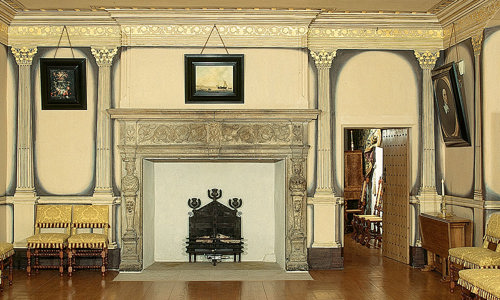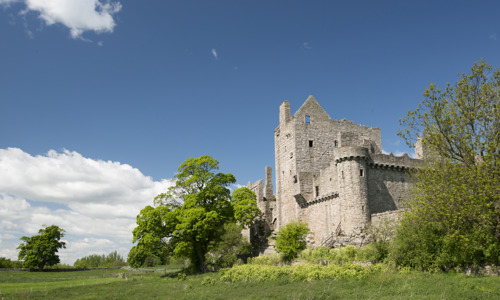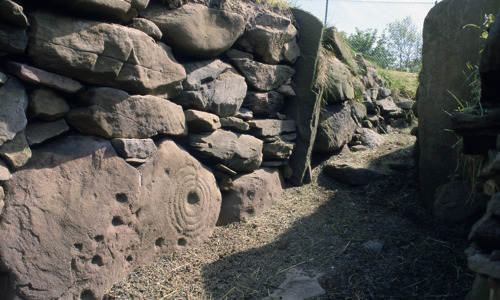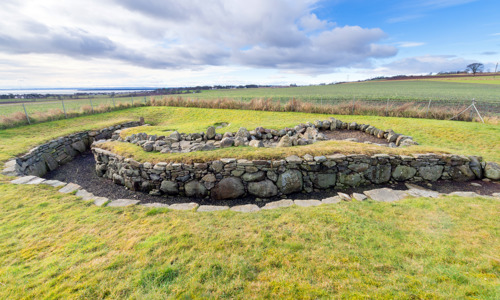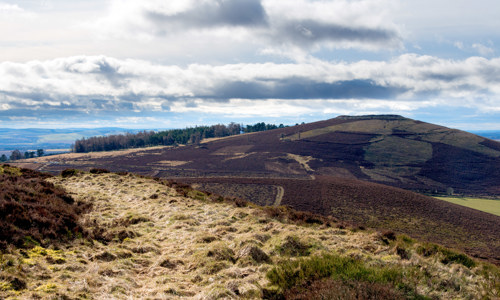History
The royal pleasure ground
The King’s Park is first mentioned in 1190. The ‘Aulde’ park was enlarged by a ‘Neu’ park in 1264, from which point the park was enclosed and managed for deer and fox hunting.
The park had a major period of development between 1490 and 1508, with the creation of ditches, fish-pools, a vegetable garden and orchards. More than 1,000 trees were planted in 1497. But when the court moved south in 1603, the gardens became neglected and overgrown.
‘Hamecoming’ parade
The earthworks known as the King’s Knot were laid out in the King’s Park in anticipation of the ‘hamecoming’ of Charles I. William Watts was sent from London to be the ‘Maister Gairdiner to his Majestie at the Castell of Stirling’, where he was ‘platting and contriving his Majesties new orchard and gardein’.
The works took place in 1627–9; Charles I eventually received his Scottish coronation in 1633.
A visiting Queen Victoria complained about the state of the gardens in 1842. The restoration was thorough. The ‘mount’ of the King’s Knot was considerably altered, and it’s possible the orientation of the entire site was changed.
With the exception of the existing Knot Garden, nothing is known of the form of the former royal gardens. Beyond the knot, little of the park survives today.




